I have a soft spot for art that, in terms of subject matter and material, is in bad taste
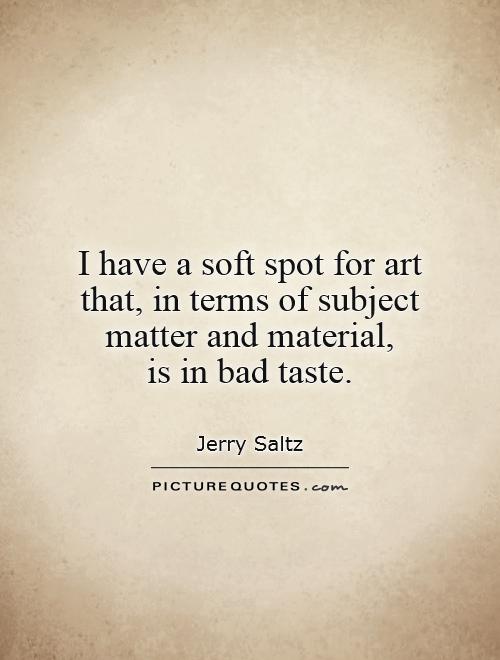
I have a soft spot for art that, in terms of subject matter and material, is in bad taste
Jerry Saltz, the renowned art critic, has often been known for his bold and controversial opinions on art. One of his most famous quotes is, "I have a soft spot for art that, in terms of subject matter and material, is in bad taste." This statement has sparked much debate and discussion within the art world, as it challenges traditional notions of what is considered "good" or "bad" taste in art.Saltz's appreciation for art that pushes boundaries and challenges societal norms is evident in his writing and criticism. He is drawn to art that is provocative, shocking, and unconventional, often celebrating works that others may find offensive or distasteful. This willingness to embrace the controversial and the taboo has earned Saltz a reputation as a fearless and outspoken critic who is unafraid to champion art that others may dismiss.
In the context of Saltz's words, it is important to consider the role of taste in art. Taste is subjective and can vary greatly from person to person. What one individual may find offensive or distasteful, another may find thought-provoking and powerful. Saltz's willingness to embrace art that challenges conventional notions of taste speaks to his belief in the power of art to provoke, inspire, and challenge viewers.
Art that is considered in bad taste often pushes boundaries and challenges societal norms. It can be controversial, provocative, and unsettling, forcing viewers to confront uncomfortable truths and question their own beliefs and values. By embracing art that is in bad taste, Saltz encourages viewers to look beyond their preconceived notions of what is acceptable or appropriate in art, and to engage with works that challenge and provoke.

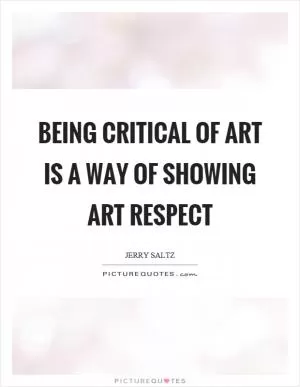
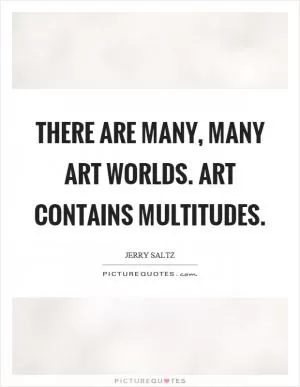
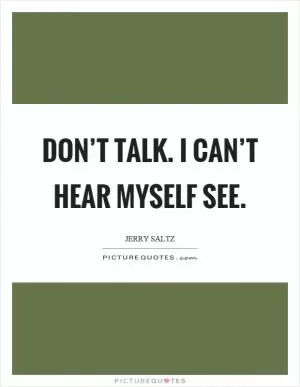
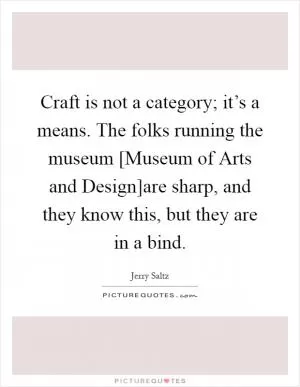

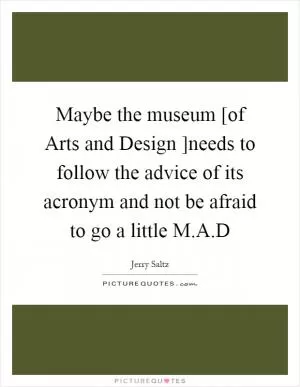
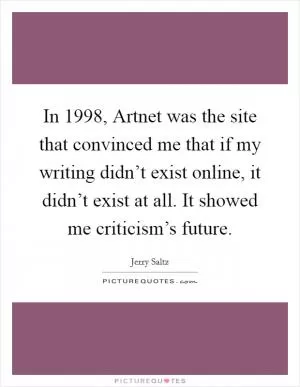
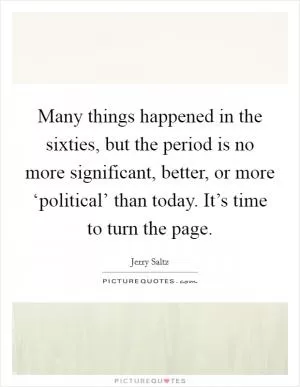
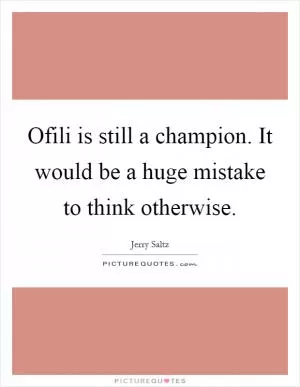
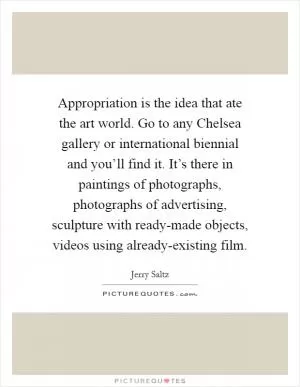
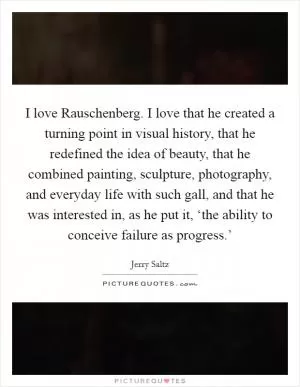
 Friendship Quotes
Friendship Quotes Love Quotes
Love Quotes Life Quotes
Life Quotes Funny Quotes
Funny Quotes Motivational Quotes
Motivational Quotes Inspirational Quotes
Inspirational Quotes